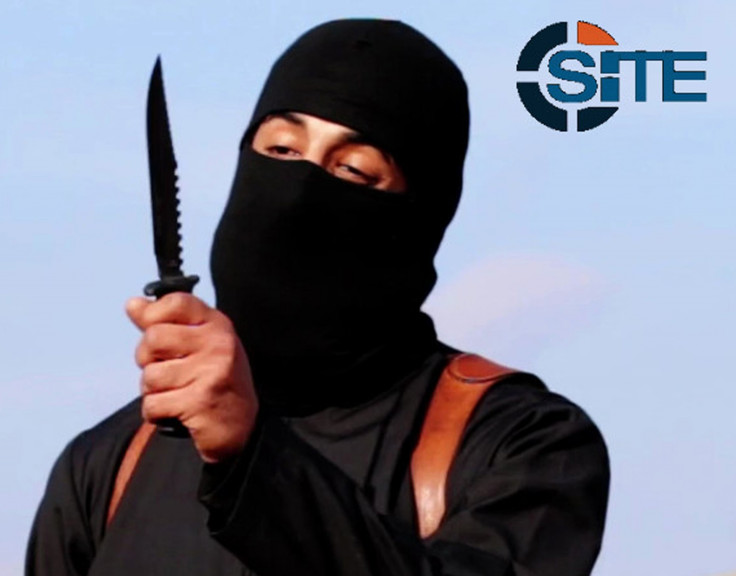Jihadi John: Who is British Isis executioner Mohammed Emwazi?

US forces carried out an air strike targeting the Islamic State (Isis) militant known as "Jihadi John", the Pentagon has confirmed on 12 November, with sources adding there is a "high degree of certainty" the Briton was hit in the attack in Raqqa, Syria. Mohammed Emwazi, the Kuwaiti-born British militant, appeared in propaganda videos showing the beheading of several hostages.
A Downing Street spokesperson confirmed David Cameron will make a statement later on Friday (13 November): "We have been working hand in glove with the Americans to defeat [IS] and to hunt down those murdering hostages. The Prime Minister has said before that tracking down these brutal murderers was a top priority."
Who was Jihadi John?
Emwazi came to the UK in 1994 as a six-year-old and attended St Mary Magdalene Church of England primary school in Maida Vale, west London, before moving to Quintin Kynaston community academy in St John's Wood. According to a 1996 year book published by The Sun, Emwazi was a fan of Manchester United.
Earlier this year, Emwazi's academic records containing information about his university degree were obtained by Sky News. The document revealed he went on to study at the University of Westminster between 2006 and 2009, achieving a 2:2 degree in Information Systems with Business Management. It also revealed his birth date to be 17 August 1988.
In 2009, Emwazi was reported to have taken part in a counter-demonstration outside Harrow central mosque, London, on the eighth anniversary of the 9/11 attacks, during which one of the killers of Lee Rigby condemned anti-Islamic protesters. Some of his associates were already being monitored by MI5 and Scotland Yard.
The same year, in August, Emwazi travelled to Tanzania for what he claimed would be a post-university safari holiday with two friends, but was denied entry at Dar es Salaam. According to MI5, Emwazi was considered an associate of a number of suspected jihadists from around the world who were being tracked.
After being refused entry, Emwazi and his friends were taken to Amsterdam and then Dover, where they were questioned at both ports. The organisation Cage has blamed Emwazi's radicalisation on the Tanzania trip.
In September 2009, Emwazi travelled to Kuwait to stay with his father's family, where he got a job at an IT company. His former manager told the Guardian that he was the "best employee" the company had ever recruited, but Emwazi left the company in April 2010 and returned to London.
In July 2010, he was told he could not return to Kuwait as his visa was denied. In December that year, he appeared to believe security services were targeting him and he said the harassment had driven him to contemplate suicide. He told a Mail on Sunday journalist in an email that he felt like a "dead man walking".
In 2013, Emwazi changed his name by deed poll to Mohammed al-Ayan and tried once again to enter Kuwait, but was denied entry. In August his parents reported him missing and a few months later, they were informed by police that he had travelled to Syria.
"Jihadi John" rose to notoriety in August 2014 when he appeared in a video which shows the murder of US journalist James Foley. It is the first of several gruesome videos which show the beheadings of journalist Steven Sotloff, British aid workers David Haines and Alan Henning, a Syrian soldier, US aid worker Abdul-Rahman Kassig (Peter Kassig), and Japanese video reporter Kenji Goto.
Wearing a black robe with a balaclava covering his face, Emwazi was dubbed "Jihadi John" by the media. His true identity of Mohammed Emwazi was revealed in February 2015.
© Copyright IBTimes 2024. All rights reserved.






